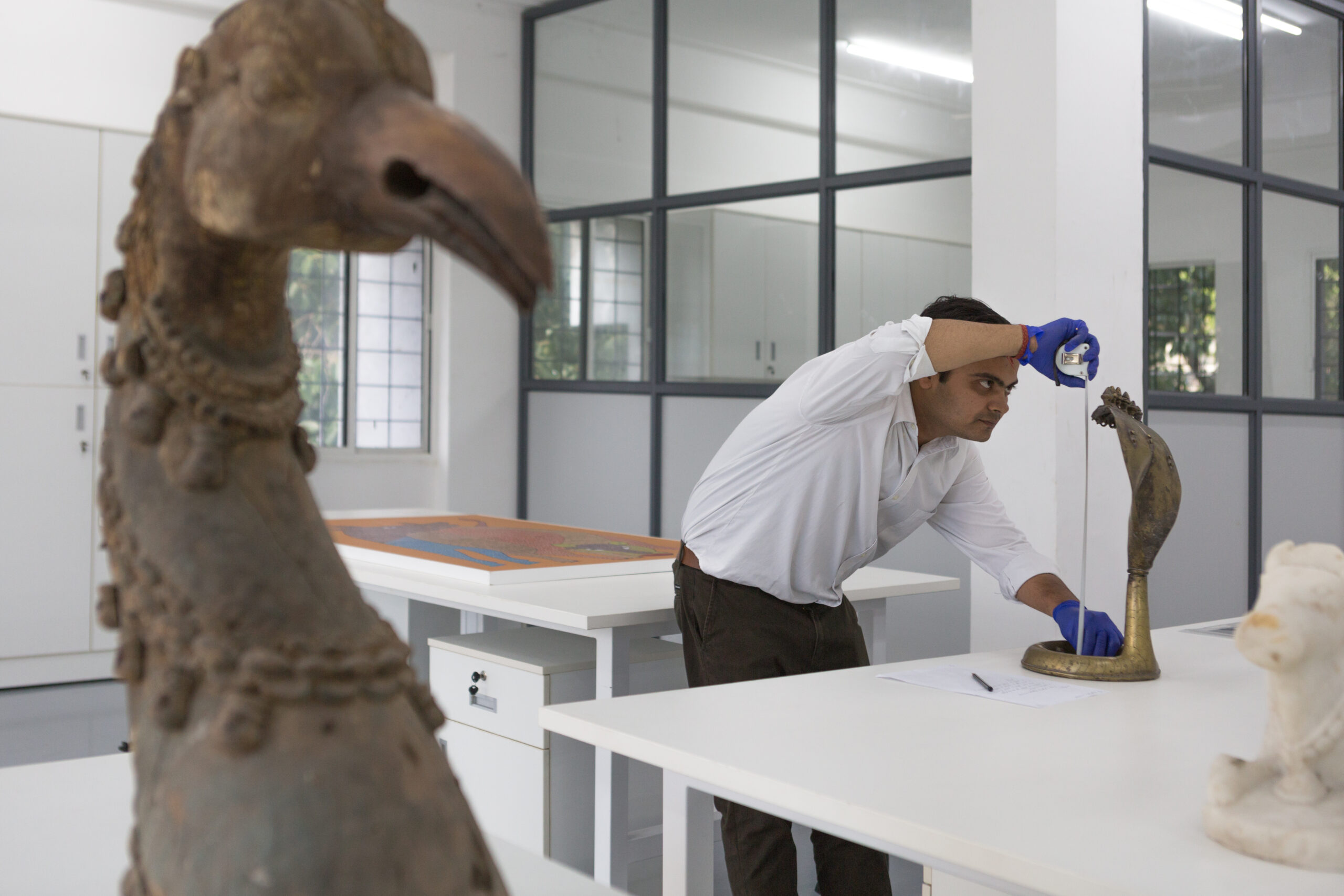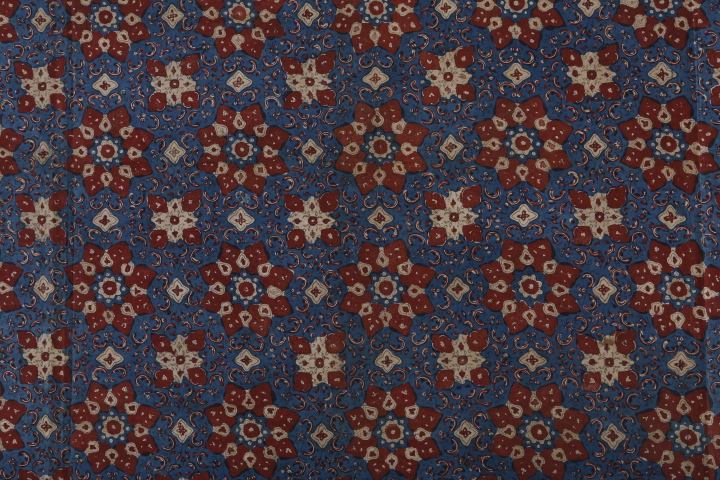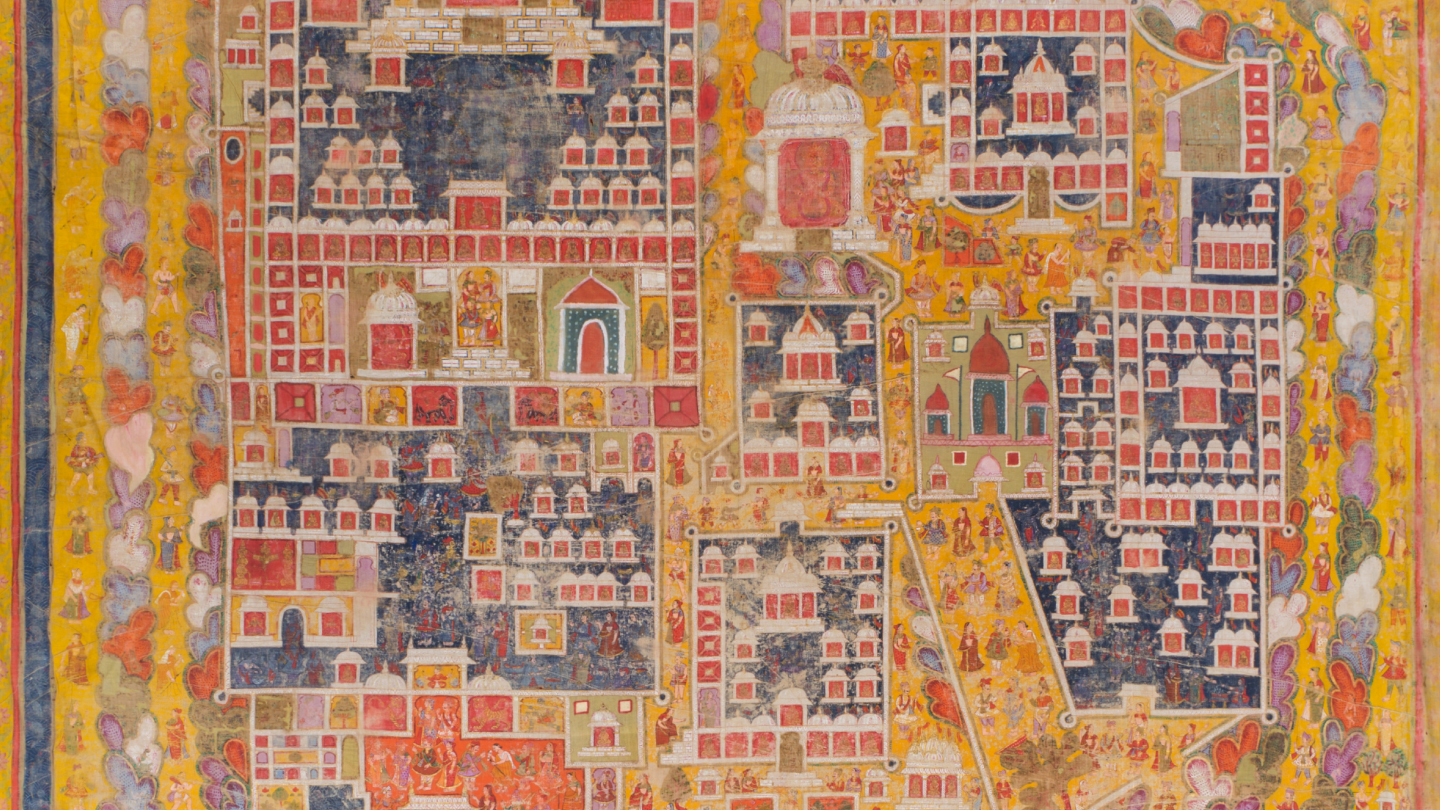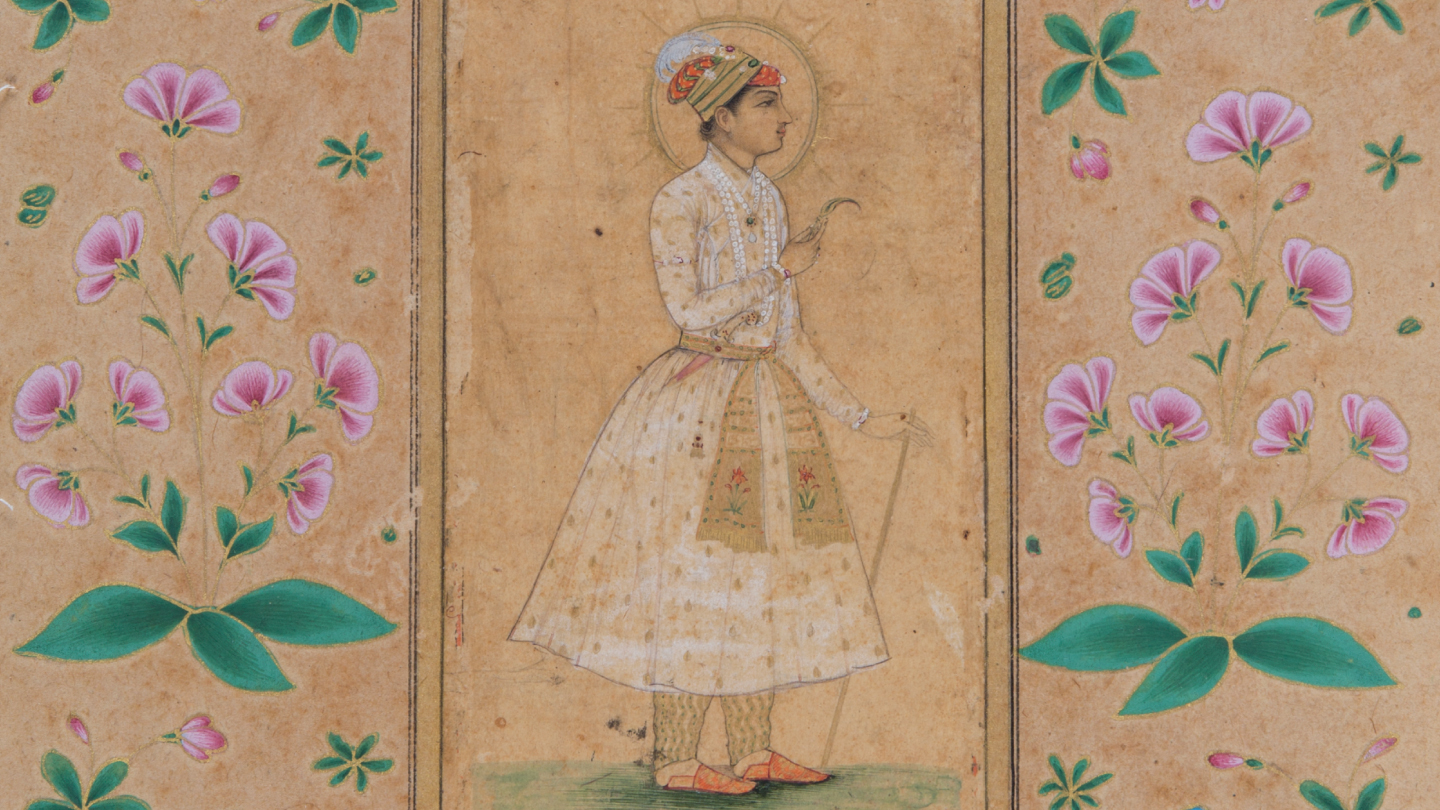Blogs
Beyond a Witness: Photography and Social Justice
Krittika Kumari
Through an unveiling of their personal journeys and experiences, Sebastião Salgado and Shahidul Alam, elaborated on the power of photography to catalyse social change in MAP’s webinar, moderated by Nathaniel Gaskell.
The role of art is integral to documenting histories, addressing social and political issues, and simply reflecting our society and prevailing situations. There is no denying the force, any form of art holds within itself to instigate change and action, and it is this quality of Art as Witness that MAP has called attention to during the months of June and July 2020. The theme has been explored across the Museum’s digital and learning initiatives, in the form of webinars and lectures, and through social media posts.
Keeping in line with the month’s theme, MAP in association with the Bangalore International Centre (BIC), brought together two exemplary photographers of social action and change, Sebastião Salgado and Shahidul Alam, in a webinar hosted on 27 June. Moderated by Nathaniel Gaskell, the discussion centred on the photographic journeys of the acclaimed Brazilian and Bangladeshi photographers, and elaborated on the power of photography to catalyse social change. Through an unveiling of their personal journeys and experiences, the discussion also highlighted the positive influence of activism and the use of one’s voice against oppression.
For Salgado, this was achieved by focusing on labour and wealth inequalities, including in India; and on the environment, untouched landscapes, and communities, especially in the Amazon Rainforest. Having studied economics, his early photography was through the perception of development. However, as he began practising full time, his vision was driven by a need to preserve histories, communities, and the earth. He recounted his experience of photographing in the Amazon, which was when he realised that, the forest, and the indigenous tribes living within, were in grave danger. His photography then became a means of fighting to protect this vast and essential ecosystem.
On moving back to his homeland of Bangladesh, Shahidul, a doctoral student of chemistry, realised that the country had far more use of a photographer than a chemist. In his advocacy for free speech against autocratic powers, Shahidul co-founded several institutions in Bangladesh that allowed young minds to utilise the transformative strengths of photography in their activism. His pioneering movement of building robust institutions of agency has inspired many to express their dissent, in one way or another. Remembering his time spent in jail after publicly criticising the government of his country, he said, “While I was in jail, my family, friends, students, and people from all across the globe began a phenomenal movement to stand up to a very powerful regime, challenging their position and it is because of this collective movement of people in the streets that I am here today.”
Catch more stories by Sebastião Salagado and Shahidul Alam, along with details of their photographic practice in the full webinar.
Krittika Kumari is the Digital Editor at the Museum of Art & Photography, Bengaluru. A graduate of the Courtauld Institute of Art in London, her research interest lies in the Mughal miniature painting tradition, as well as Indian Modern Art.








